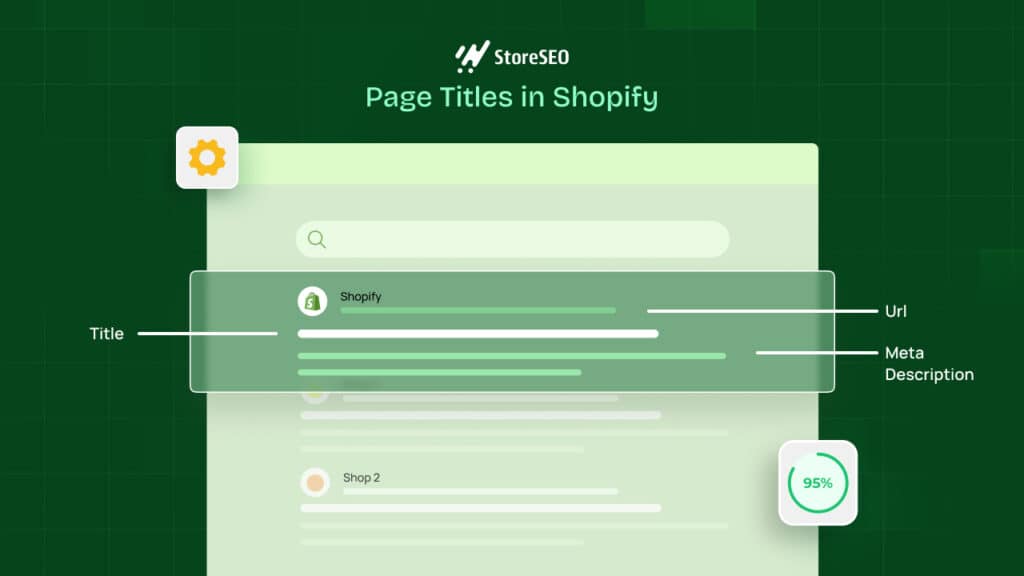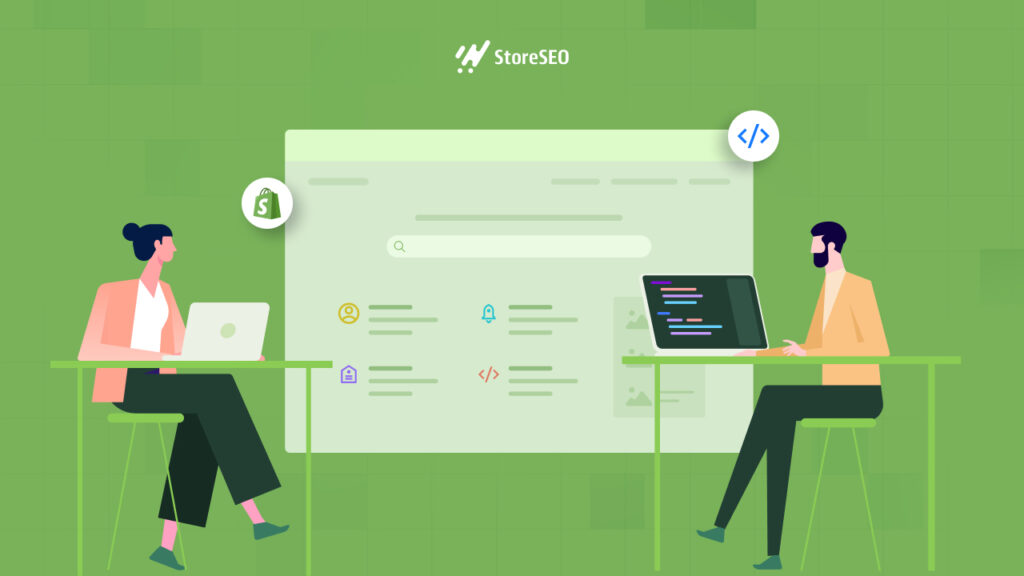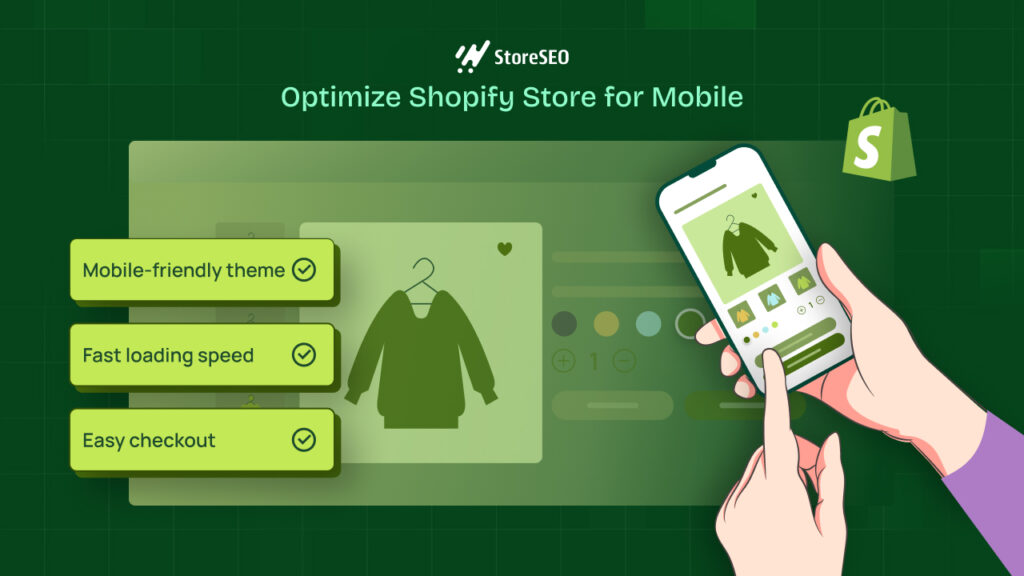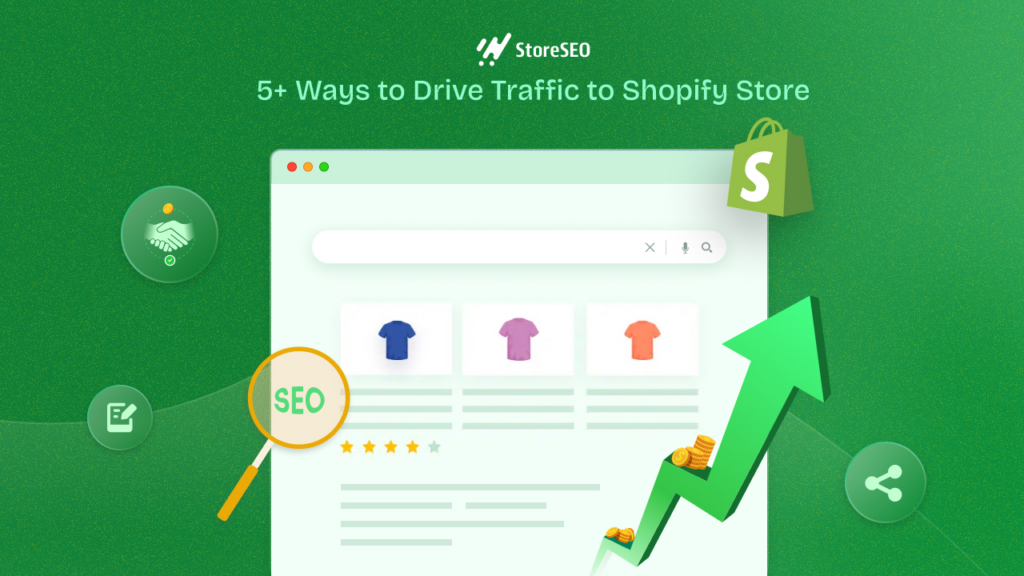Welcome to the world of e-commerce optimization, where the right words can make all the difference. In this quick read, we will explore why the homepage title and meta description are the unsung heroes of your Shopify store’s SEO strategy. Learn how these crucial snippets can captivate potential customers and catapult your site to the top of search engine results. let us explore the power of precision and persuasion for your online storefront.
![Guide to Shopify Homepage Title And Meta Descriptions [with Examples] 1 homepage title and meta description](https://storeseo.com/wp-content/uploads/2024/05/image-35.png)
Understanding Homepage Titles
When we talk about the homepage title and meta description, we’re diving into one of the fundamental elements of SEO that act as the front door to your website.
![Guide to Shopify Homepage Title And Meta Descriptions [with Examples] 2 homepage title and meta description](https://storeseo.com/wp-content/uploads/2024/05/screely-1716460325199.png)
it is the first impression you make on someone browsing through search results, and it plays a crucial role in whether they decide to click through to your site. A homepage title, often encapsulated within a title tag in the HTML, is essentially the name of your website’s main page as it appears in search engine results. This title is critical because it tells users and search engines what your site is primarily about. it is not just a label; it is a powerful tool that can influence your site’s search engine ranking and attract potential visitors.
Best Practices for Creating Effective Homepage Titles
Crafting an effective homepage title isn’t just about throwing in some keywords it is about striking a balance between being informative, concise, and appealing.
Length Considerations
The length of your homepage title matters because search engines like Google typically display only the first 50-60 characters of a title tag. If your title is shorter, the end might get cut off, which can lead to a loss of important information. Keeping it within this limit ensures that the entire title can be seen at a glance, helping users quickly understand what your site is about and whether it meets their needs.
Use of Keywords
![Guide to Shopify Homepage Title And Meta Descriptions [with Examples] 3 homepage title and meta description](https://storeseo.com/wp-content/uploads/2024/05/image-36.png)
Including relevant keywords in your homepage title is crucial because it helps search engines understand the main focus of your site, which can improve your ranking for those terms. However, the trick is to integrate these keywords naturally and figure them out through the usual natural keyword planner. For example, if you are running a bakery, a good homepage title might be “Fresh Handmade Breads and Cakes | [Bakery Name].” This way, you are not just stuffing keywords but providing a clear description of what you offer.
Incorporating Brand Name
Including your brand name in the homepage title is a smart move, especially for building brand recognition. Typically, the brand name is placed at the end of the title, following the descriptive part. This format helps to reinforce your identity without overshadowing the descriptive element of the title. For instance, “Expert Plumbing Services | [Brand Name]” effectively communicates what you do and who you are at the same time.
Crafting Compelling Meta Descriptions
![Guide to Shopify Homepage Title And Meta Descriptions [with Examples] 4 homepage title and meta description](https://storeseo.com/wp-content/uploads/2024/05/screely-1716460374482.png)
Meta descriptions are like the sneak peeks of a webpage, displayed under the page title in search engine results. they are not just there to fill space; they play a crucial role in attracting users to click through to a website. Think of them as mini-advertisements for the content you are about to see. While they do not directly influence where a page ranks in search results, they can significantly impact the click–through rate (CTR). A well-crafted meta description can entice someone to click on your link instead of another one that appears in their search results.
Key Elements of a Successful Meta Description
Length Guidelines
When it comes to the length of a meta description, you do not want it to be too long or too short. The ideal length is typically between 155 to 160 characters. If it is too long search engines like Google might cut it off, which can lead to missing crucial information that could have enticed a user to click on your webpage. Keeping it within this range ensures that the entire description is visible in the search results, making it more likely that a user will find it appealing enough to click through.
Using Actionable Language
Using actionable language in meta descriptions can make a big difference. Phrases like “Learn more,” “Get started today,” or “Discover how” invite the user to take action, which increases the likelihood of a click. it is about making the meta description as engaging as possible, which can turn a searcher into a visitor. By directly addressing the user and suggesting an action, you are giving them a clear direction on what to do next, which can be incredibly effective.
Highlighting Unique Selling Points
Highlighting what makes your content or offer unique is crucial in a sea of search results. Whether it is a unique feature of a product, a special offer, or an insightful piece of content, pointing out what sets your page apart can catch the eye of potential visitors. it is about answering the question, “Why should I click on this link instead of the others?” By clearly stating what makes your page valuable or different, you are more likely to attract users who are looking for something that stands out from the norm.
Tips for Writing Homepage Titles
Creating the perfect homepage title for your Shopify store might seem daunting, but it is all about capturing the essence of your brand and what you offer, while also making sure you are visible on search engines. let us break down the process into manageable steps, shall we?
Brainstorm Title Ideas
Starting with brainstorming can feel a bit like being a kid in a candy store—so many possibilities! The key here is to focus on what makes your brand unique. Think about your main products, your unique selling proposition, and what your customers are searching for. A good trick is to jot down all the words that describe your business and then mix and match them to see what sounds good. it is also helpful to look at competitors for inspiration but remember, the goal is to stand out, not blend in.
Incorporating SEO Keywords Effectively
Now, let us talk about SEO, because you want people to actually find your store, right? Using the right keywords in your homepage title is crucial. Start by identifying keywords that are relevant to your business and have a good search volume.
Tools like Google Keyword Planner or SEMrush can be super helpful here. Once you’ve got your list, try to incorporate these keywords naturally into your title. Remember, stuffing too many keywords can look spammy and could hurt your search rankings, so keep it balanced.
Examples of Effective Homepage Titles for Shopify
let us put theory into practice with some examples. Say you are selling eco-friendly home goods. A straightforward yet effective title could be something like “Eco-Friendly Home Essentials | Green Living at [Your Brand Name].” This title uses keywords like “eco-friendly” and “home essentials” which potential customers might use to find products like yours.
Or, if you are in the fashion industry, you might go for something trendier, like “Stay Stylish | Trendy Women’s Apparel at [Your Brand Name].” This not only highlights the product range (women’s apparel) but also includes appealing adjectives like “stylish” and “trendy”.
Tips for Writing Meta Descriptions
Writing meta descriptions for your Shopify store might seem straightforward, but it is an art that requires attention to detail and a strategic approach. The goal is to craft a snippet that not only summarizes the page content but also entices potential customers to click through. Here’s how you can do it:
- Start with a Strong Opening: Your opening should grab attention. Think of it as the hook that pulls the readers in.
- Include Target Keywords: Make sure to include relevant keywords naturally. This helps not only with SEO but also makes your description relevant to what the users are searching for.
- Highlight Unique Selling Points: What makes your product or store unique? Mention that.
- Keep It Under 160 Characters: Any longer and search engines will truncate your description, potentially cutting off important information.
- End with a Call-to-Action: Encourage users to take action, like ‘Shop Now’, ‘Learn More’, or ‘Discover’.
Techniques for Writing Engaging And Concise Descriptions
The key to writing effective meta descriptions lies in being both engaging and concise. Here’s how to balance the two:
- Be Direct and Clear: Avoid fluff and get straight to the point. Users appreciate directness and clarity.
- Use Active Voice: Active voice contributes to a stronger and more direct message.
- Leverage Emotional Triggers: Words that evoke curiosity, excitement, or urgency can increase click-through rates.
- Test Different Versions: Sometimes, A/B testing different descriptions can reveal what resonates best with your audience.
Importance of Call-to-Action Phrases
Call-to-action (CTA) phrases are crucial because they influence users to take the next step. A compelling CTA can significantly boost your click-through rates. Phrases like “Shop now to enjoy exclusive discounts” or “Explore our latest collection” provide clear directions on what users should do next, making the meta description actionable and purpose-driven.
Examples of Compelling Meta Descriptions for Shopify
Let us look at some examples that illustrate how effective meta descriptions are structured for Shopify stores:
Example 1: “Discover handcrafted jewelry designed to impress. Shop now for unique pieces and free shipping on orders over $50!”
Example 2: “Upgrade your tech with our latest smart gadgets. Browse our collection and enjoy 20% off your first purchase!”
Example 3: “Feel the comfort with our eco-friendly apparel. Explore our new arrivals and find your perfect fit today!”
![Guide to Shopify Homepage Title And Meta Descriptions [with Examples] 5 homepage title and meta description](https://storeseo.com/wp-content/uploads/2024/05/screely-1716460431502.png)
Here is another Shopify store to see the meta description structure along with the well-optimized title of the store.
![Guide to Shopify Homepage Title And Meta Descriptions [with Examples] 6 homepage title and meta description](https://storeseo.com/wp-content/uploads/2024/05/screely-1716460485132.png)
Optimize Shopify Homepage Title And Meta Description with StoreSEO
Now, let’s walk into the step-by-step guide to optimizing your store’s homepage tile and meta description. The best Shopify SEO app, StoreSEO, provides you easy steps to do all these and more in just a few clicks.
![Guide to Shopify Homepage Title And Meta Descriptions [with Examples] 7 homepage title and meta description](https://storeseo.com/wp-content/uploads/2024/05/image-37.png)
Step 1: Go to StoreSEO
To start optimizing your Shopify title and meta description, go to, ‘StoreSEO’ and click on, ‘Optimize SEO’
![Guide to Shopify Homepage Title And Meta Descriptions [with Examples] 8 homepage title and meta description](https://storeseo.com/wp-content/uploads/2024/05/image-6.gif)
Step 2: Scan Through the Metadata
Once you are in, scroll down to the bottom. Here you will see a section where the meta title and meta description preview is shown.
![Guide to Shopify Homepage Title And Meta Descriptions [with Examples] 9 homepage title and meta description](https://storeseo.com/wp-content/uploads/2024/05/image-7.gif)
Step 3: Edit the Meta Title And Description
Now, in this section go to the meta title and description bar, and edit them accordingly. Once you are done with it, click on the, ‘Save’ button.
![Guide to Shopify Homepage Title And Meta Descriptions [with Examples] 10 homepage title and meta description](https://storeseo.com/wp-content/uploads/2024/05/image-8.gif)
Step 4: Check the Preview
After you save the meta information, go back to the preview sections to see the updated data. Make sure they are clearly visible and completely shown.
![Guide to Shopify Homepage Title And Meta Descriptions [with Examples] 11 homepage title and meta description](https://storeseo.com/wp-content/uploads/2024/05/image-38.png)
Optimize Homepage Title And Description Effectively with StoreSEO
Writing the homepage title and meta description is beneficial once you optimize them for the search engine. When you optimize them properly, your products and pages get priority in potential customer’s search queries. StoreSEO can help you in all of these processes simply and effectively. You can bulk optimize your products along with images too.
Have you found our blog useful? If you do, please subscribe to our blog for more tips, tutorials, and updates on industry-related topics.








